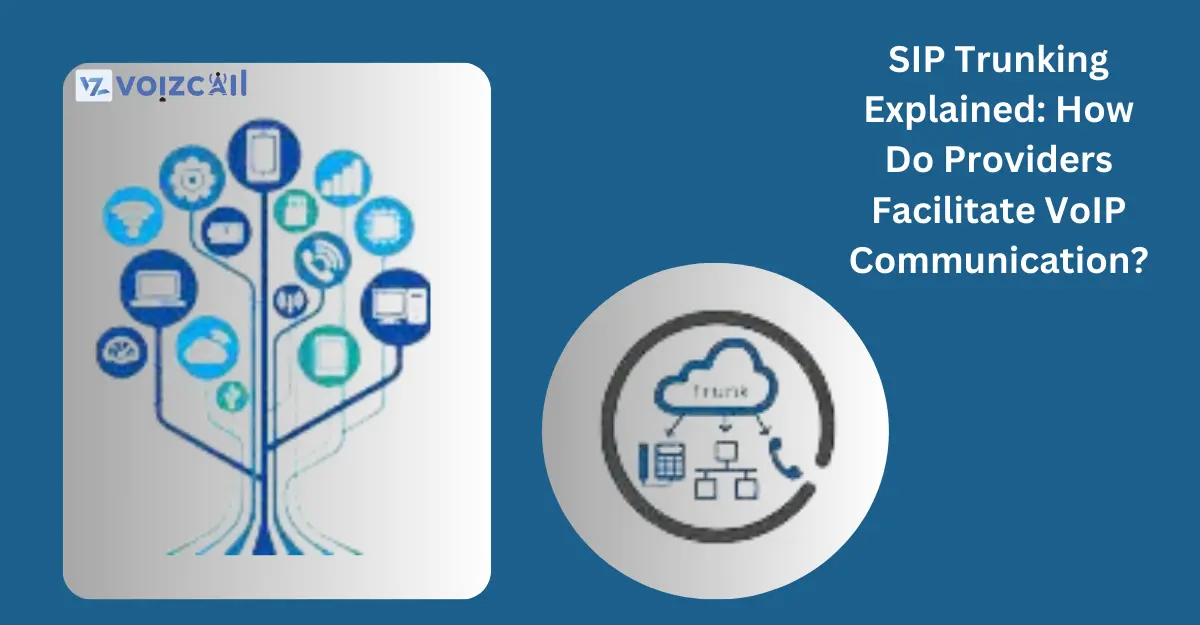


23/Feb/2024
SIP trunking, a cornerstone of modern Voice over Internet Protocol (VoIP) communication, revolutionizes the way businesses handle voice data. Understanding how providers facilitate VoIP communication through SIP trunking unveils its efficiency and benefits.
Definition of SIP Trunking: SIP, or Session Initiation Protocol, is a communication protocol used in VoIP. SIP trunking involves the virtual linking of a Private Branch Exchange (PBX) to the internet, allowing businesses to make and receive calls over the internet.
Connecting to the Public Switched Telephone Network (PSTN): SIP trunking acts as a bridge between a business's PBX system and the traditional Public Switched Telephone Network (PSTN). This connection enables the transmission of voice data over the internet.
Internet Telephony Service Providers (ITSPs): Businesses subscribe to Internet Telephony Service Providers (ITSPs) for SIP trunking services. These providers manage the virtual trunks, offering connectivity, phone numbers, and often additional features like caller ID and voicemail.
Efficient Use of Bandwidth: SIP trunking optimizes bandwidth usage by transmitting voice data in packets. This packetized approach allows for more efficient data transmission and, consequently, more simultaneous calls over the same internet connection.
Flexibility and Scalability: SIP trunking provides businesses with flexibility and scalability. Companies can scale their communication infrastructure up or down based on their needs without the constraints of physical phone lines.
Cost Savings: One of the key benefits of SIP trunking is cost savings. Businesses can avoid the expenses associated with traditional phone lines, such as hardware maintenance and long-distance charges. SIP trunking often offers flat-rate pricing for both local and international calls.
Enhanced Business Continuity: SIP trunking enhances business continuity by enabling automatic rerouting of calls in case of system failures or emergencies. This ensures uninterrupted communication even during unexpected events.
Integration with Unified Communications: SIP trunking seamlessly integrates with Unified Communications (UC) solutions. This integration allows businesses to combine various communication channels like voice, video, and messaging into a unified platform.
Understanding how providers facilitate VoIP communication through SIP trunking empowers businesses to make informed decisions about their communication infrastructure. The efficiency, flexibility, and cost-effectiveness make SIP trunking a vital component for businesses embracing the digital transformation of their communication systems.